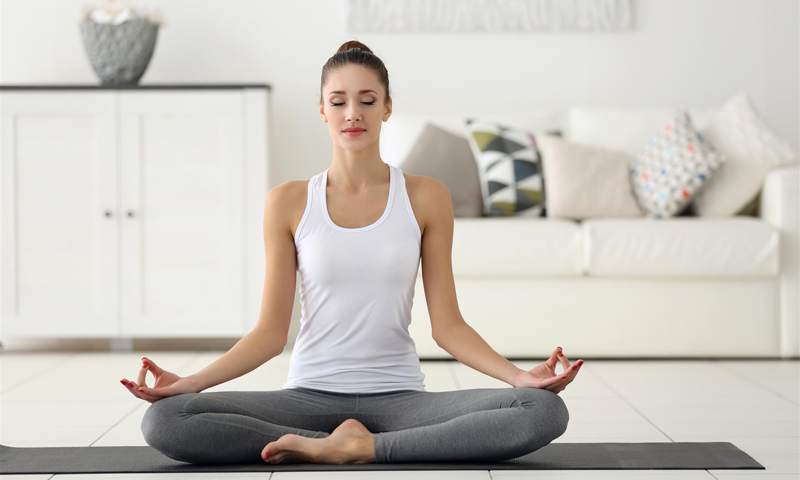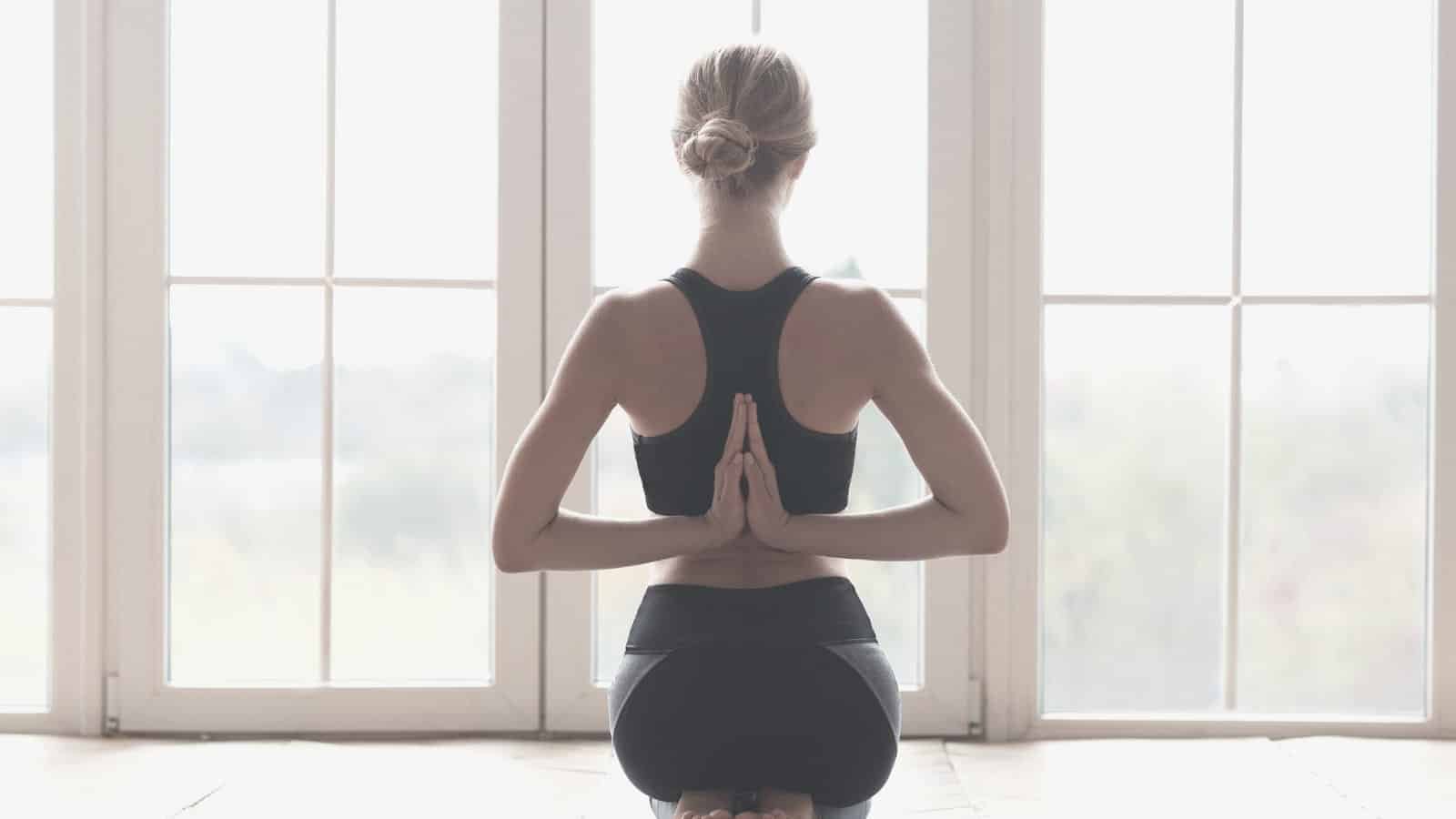Glancing up at the night sky and noticing a full moon allows you to take a moment and admire the true beauty of the universe. But this monthly event in the lunar calendar is much more than light in the sky. There are ancient theories that suggest a deep link between the lunar cycle, the moon’s energy and our emotions and spirituality. And there are simple rituals you can perform to harness the powerful energy of the full moon, which promote genuine self-reflection, setting new intentions and letting go of what no longer serves you.
A full moon is the lunar phase when we can see it fully illuminated. This occurs when it aligns with the sun on the opposite side of the Earth, so the moon’s full face is lit up by the sun’s rays.
As the full moon marks the completion of what is called the waxing cycle (growing with light), it can also be seen as the growth cycle of our own intentions. This is when the moon’s energy is said to be at its peak and offers a great time to reflect on what has or hasn’t come to fruition in your life just yet. It prepares us for the waning cycle (light shrinking), toward the phase of a new moon.
Fill your cup with a full moon ritual
Whether you’re familiar with the power of the moon or just starting to explore the practice, the benefits can be illuminating.
Many people experience feeling overly emotional and disconnected at the peak of the full moon phase. But by utilising the moon’s energy through a thoughtful ritual, you may be able to uncover underlying, or even unconscious reasons for these emotions. A ritual allows you to dismiss old stagnant energies and thought patterns and replace any darkness or negativity with bright energy. It also gives you the time to make space for the new things you’re inviting into your life.
Rituals can be simple and quick – just focus on the intention and commitment to being present.
Try these easy rituals to connect with yourself and the power of the full moon.
1. Cleanse your space – both mental and physical
Light and dark energy are both at a peak during the full moon, so it’s a great time to cleanse your space, body and mind – clearing out any energy you no longer want to hold onto. Consider a smudging ceremony by lighting sage or palo santo to cleanse your home or workspace. Take a relaxing bath or go for a swim in the ocean, or simply change your bed sheets and declutter your space to cleanse your soul. It could be the fresh start and clean slate you need this month. You can combine this with affirmations or meditation if that feels authentic to you.
2. Charge your crystals
Many people believe the full moon is the optimum time to charge and cleanse your crystals for healing. Here is a basic guide to cleansing your crystals during a full moon.
Take your crystals outside and lay them out somewhere where they can be bathed in moonlight. Don’t worry about cloudy nights – it’s not the light that cleanses, but the moon’s energy as it passes over.
Place them on a natural surface like the earth, your lawn or a wooden plate. You can also use a crystal grid or your windowsill.
Leave your crystals out overnight if you can and collect them in the morning.
This process recharges the natural properties of your crystals, but what about your own intentions? This is a good time to set some intentions on how you would like your crystals to support you for the month. Write them down or say them aloud – whatever feels right for you. Now give thanks and express gratitude, taking the opportunity to connect with your inner self and the natural world that surrounds you.
3. Letting go
There are a few ways you can release energy during a full moon. You could light a candle, take some time to meditate or quietly reflect. You can also write down anything you want to let go or move on from, then burn the paper (in a safe place) before returning the ashes to the earth. You can also dance it out. Move your body alone or with some friends and release any stagnant energy by getting into your body and feeling free enough to let things go.
4. Reflect on your to-do list
If you’re a list person, the full moon is a good time to reflect on both short and long-term goals. Honestly check-in with yourself on your progress. Are you any closer to completing them? If not, why? Be proactive and set yourself a plan for getting there. You may also notice that some of these goals no longer resonate with you. That is ok, and is what the full moon is all about. Let go or modify your goals and accept yourself as you are right now.
This time of the month is a reminder to check in with yourself regularly and spend some time gazing inward. It is important that we take the time for ourselves to promote our own spiritual, mental and physical health and happiness and welcome new, positive opportunities into our lives.






